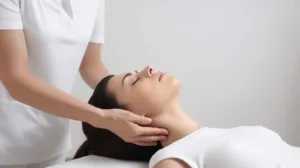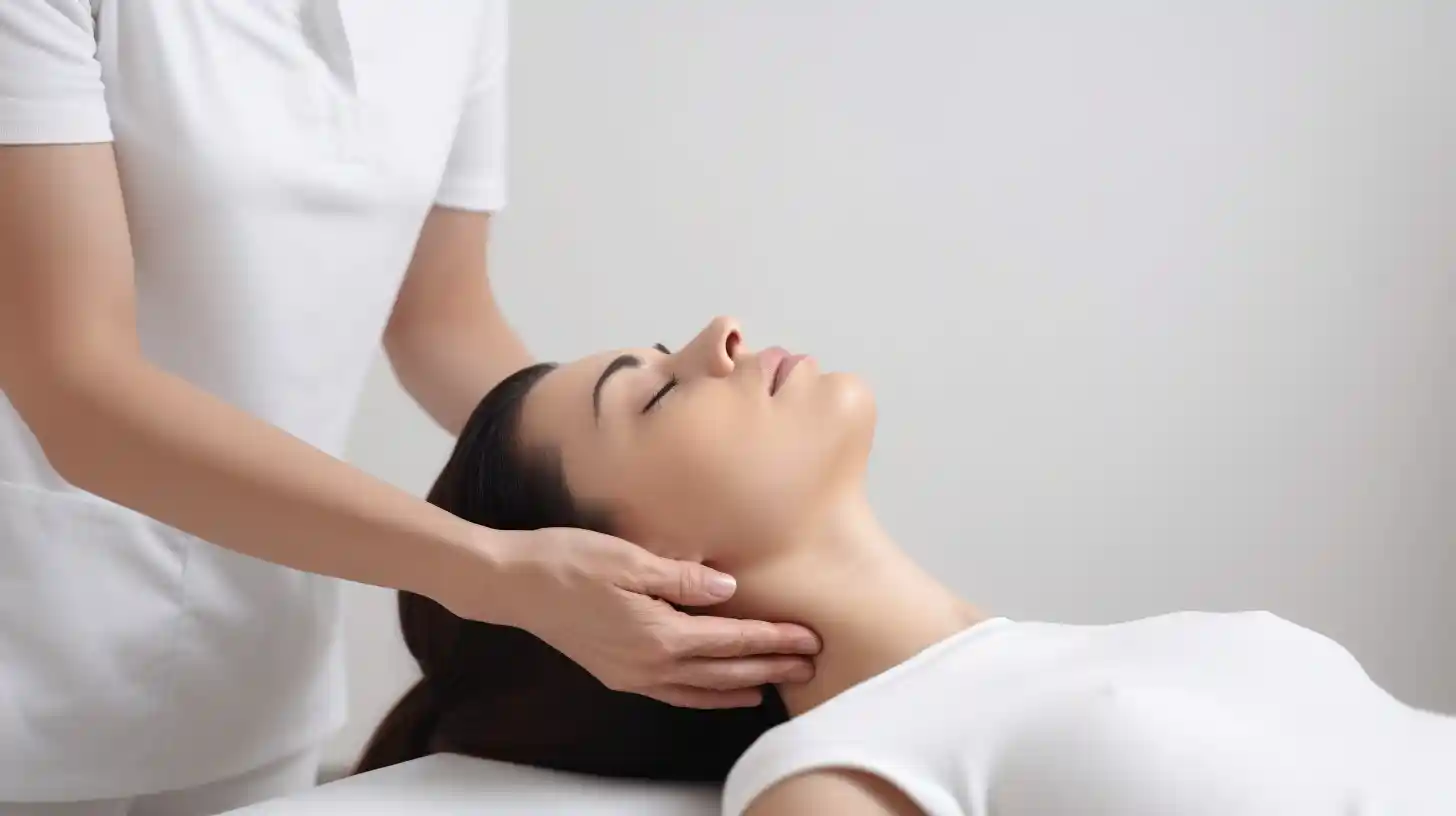Does a Chiropractic Adjustment Hurt?
 Chiropractic care, a popular alternative medicine, is celebrated for its effectiveness in alleviating pain, enhancing mobility, and boosting overall well-being without resorting to surgery or drugs. Central to chiropractic treatment is the chiropractic adjustment, which often raises questions and concerns, especially among newcomers. A common inquiry is: Does undergoing a chiropractic adjustment cause pain?
Chiropractic care, a popular alternative medicine, is celebrated for its effectiveness in alleviating pain, enhancing mobility, and boosting overall well-being without resorting to surgery or drugs. Central to chiropractic treatment is the chiropractic adjustment, which often raises questions and concerns, especially among newcomers. A common inquiry is: Does undergoing a chiropractic adjustment cause pain?
Understanding Chiropractic Care
Chiropractic care targets the diagnosis and treatment of musculoskeletal issues, with a primary focus on spinal health. Through adjustments, chiropractors aim to correct misalignments, ease nerve pressure, and foster better physical functioning. This approach seeks to address the underlying causes of pain and discomfort instead of merely treating symptoms.
The Nature of Chiropractic Adjustments
Chiropractic adjustments are comprehensive techniques that may involve hands-on manipulation or specialized instruments to apply a controlled force to joints, extending them beyond their usual motion but within the limits of their anatomical integrity. Skilled chiropractors apply sufficient force to conduct spinal manipulations effectively, focusing on restoring mobility, relieving pain and muscle tightness, and facilitating tissue healing.
Common Misconceptions
The association of chiropractic adjustments with loud cracking sounds leads to the mistaken belief that the process is painful. This sound results from the release of gas bubbles within the joint, a generally painless phenomenon. Furthermore, it’s important to note that some chiropractic techniques, like the Thompson technique and the activator method, produce no audible sound at all, offering a gentler alternative to those apprehensive about manual adjustments.
The Adjustment Experience
Individual experiences with chiropractic adjustments can vary, making it difficult to predict specific responses. However, most patients report immediate relief and enhanced mobility, with little to no discomfort during the procedure.
Techniques and Methods
Chiropractors utilize various techniques tailored to each patient’s condition and comfort. These range from gentle, non-cracking methods to more forceful adjustments.
Personalization of Treatment
Chiropractors are adept at customizing treatment to meet each patient’s unique needs, ensuring comfort and effectiveness. For conditions not suitable for manual adjustment, alternative techniques are employed to avoid any risk of adverse effects.
Factors Influencing Pain Perception
Pain perception during an adjustment can be influenced by individual pain thresholds, the nature of the condition (acute vs. chronic), and psychological factors such as anxiety and tension.
Individual Pain Thresholds:
Pain tolerance varies greatly among individuals, affecting the adjustment experience.
Acute vs. Chronic Conditions:
Patients with chronic conditions typically report less discomfort during adjustments compared to those with acute conditions.
The Role of Anxiety and Tension:
Anxiety and tension can heighten pain sensitivity. Chiropractors strive to create a relaxed environment to ease the process.
After the Adjustment
It is common for patients to feel immediate relief post-adjustment, though some may experience mild soreness, similar to the aftereffects of exercise, as the body adapts to its new alignment.
Tips for Reducing Discomfort
Maintaining hydration, applying ice or heat as advised by your chiropractor, and engaging in recommended gentle stretches can alleviate any post-adjustment discomfort.
Professional Insights
Chiropractors acknowledge that while brief discomfort may occur, adjustments are not inherently painful, and any discomfort is usually overshadowed by the relief provided. Clear communication about post-care expectations is crucial for patient preparation and understanding.
Expert Opinions
Experienced chiropractors stress the importance of open communication to customize the adjustment process to each patient’s comfort and pain tolerance levels.
Conclusion
The prospect of a chiropractic adjustment might seem intimidating to some, but it is typically a non-painful experience. With a personalized approach and clear understanding of what to expect, most patients find chiropractic adjustments to be a beneficial and relieving treatment.
FAQs
- Can I request a gentle adjustment if concerned about pain? Yes, chiropractors offer various gentle yet effective techniques.
- Will I feel pain after my adjustment? Temporary soreness or discomfort is possible, akin to sensations after beginning a new exercise regimen.
- How can I minimize discomfort post-adjustment? Stay hydrated, follow chiropractic advice on ice or heat application, and perform recommended stretches.
- How soon will relief be felt after an adjustment? Immediate relief is common, though the exact timeframe varies by individual and condition.
- Is a popping sound during an adjustment normal? Yes, this normal sound is caused by the release of gas bubbles in the joint and is typically painless.

